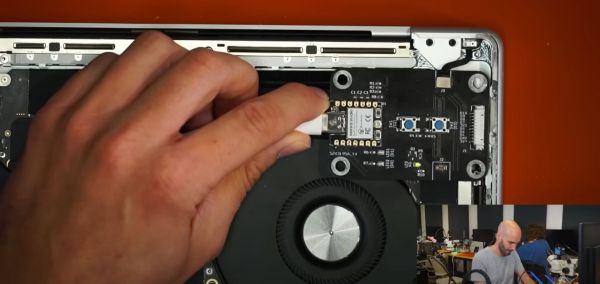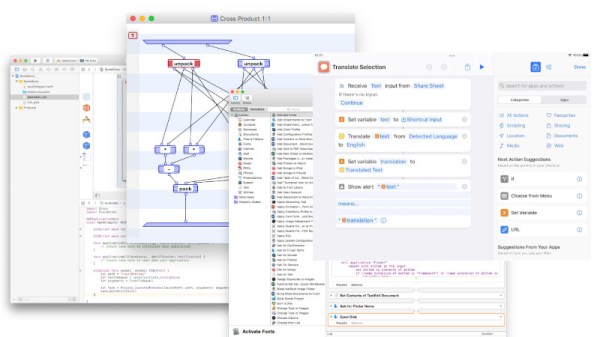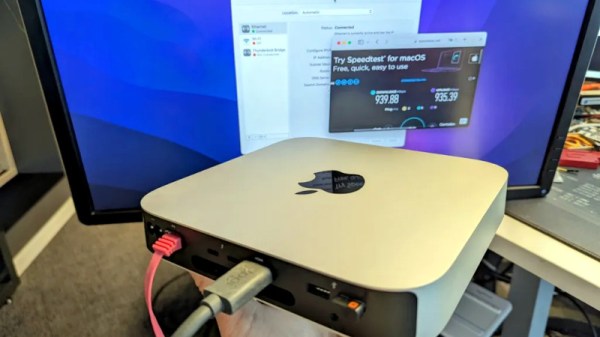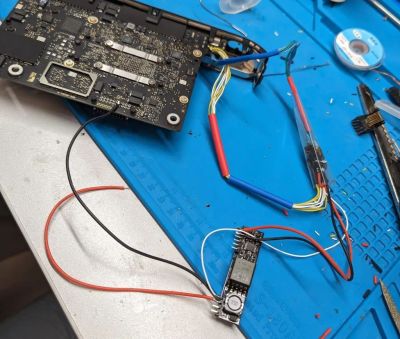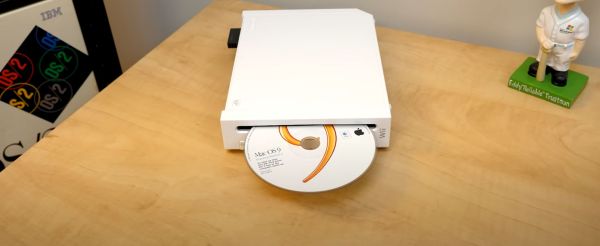When National Instruments (NI) released LabVIEW in 1986 it only targeted the Macintosh, with ports to other platforms coming later on in the 1990s. Now, NI has announced that with the next version in 2024, LabVIEW will only be released for Linux and Windows, leaving behind Apple’s software platform after nearly four decades. The news was covered by Apple Insider, which cites a forum thread on the NI website in which the details of LabVIEW for macOS are discussed. This news comes on the heels of the announcement of Valve dropping macOS support with Counter Strike 2.
In both cases the issue at hand appears to be both a combination of a low user count (less than 1% of CS:GO players) and the complexity of using proprietary APIs (Cocoa, Metal, etc.) that have led to the decision to terminate the macOS releases. Not that macOS users aren’t used to app-related bloodbaths after losing all 32-bit applications back in 2019, but the trend of more high-profile applications and games not supporting the OS does seem to be ramping up.
Perhaps the only positive news here for people who bought into the Apple hardware ecosystem here is that Windows runs on M1/M2 Macs, and there is even an experimental Linux distribution in the form of Asahi Linux to conceivably dual-boot into for those applications that just don’t want to run on Apple’s OS.


